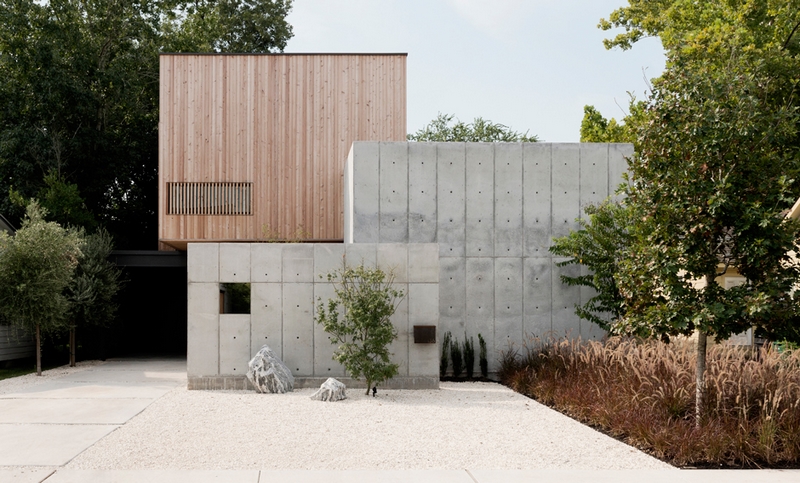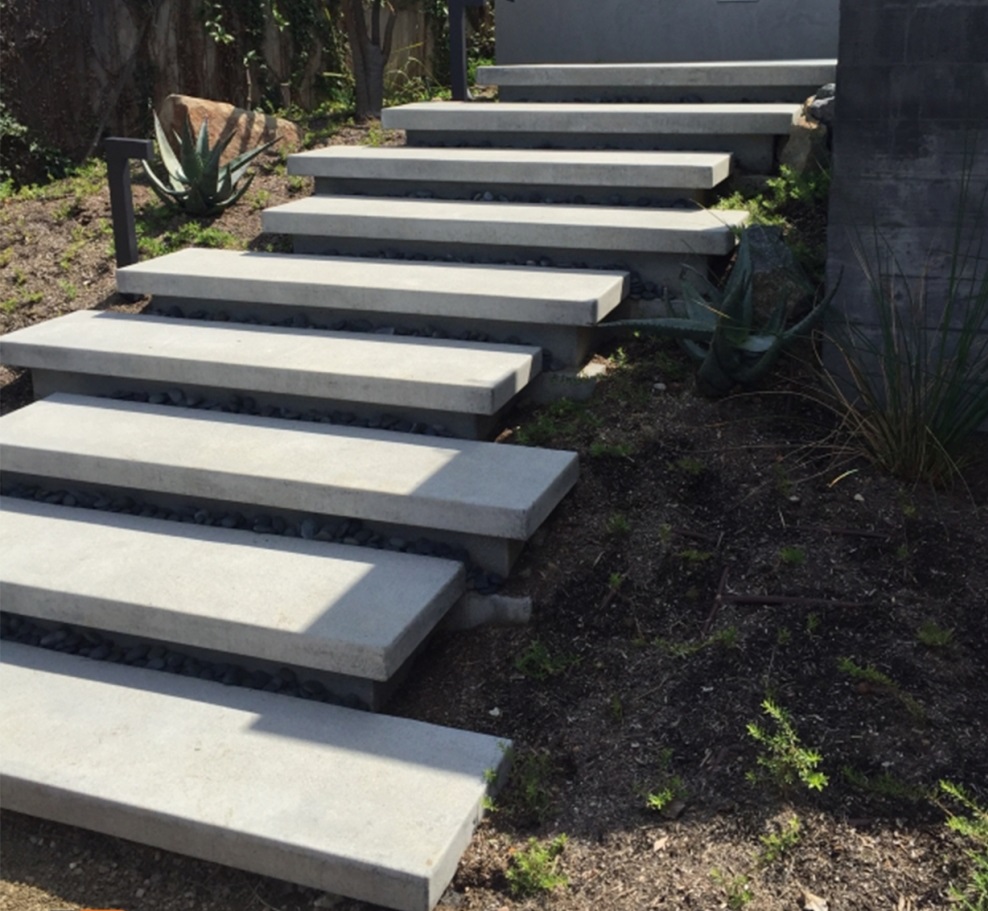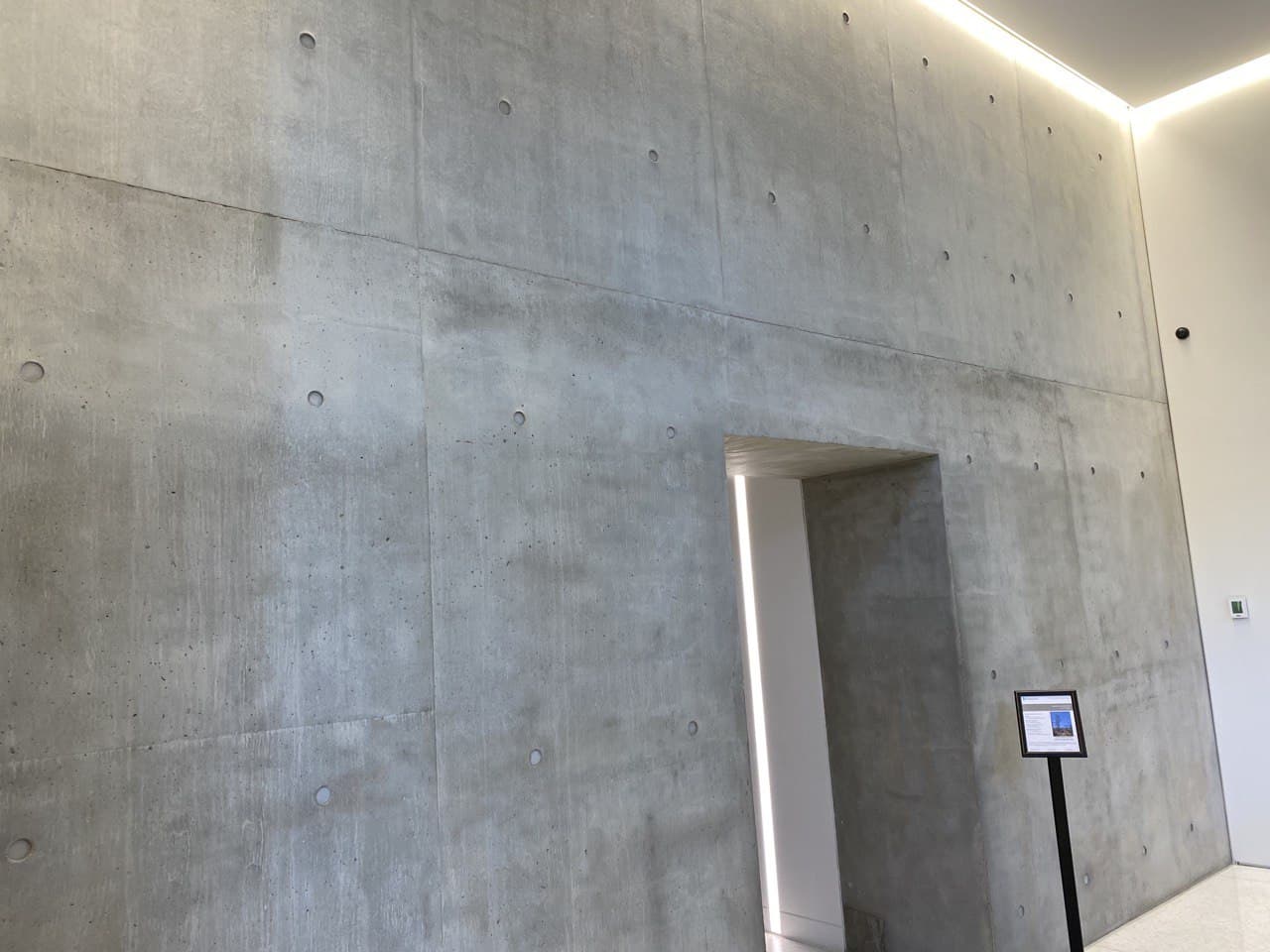Exposed Concrete
Exposed concrete refers to concrete whose surface is considered the visible and final surface of the work. It means that no more coating will be necessary for the concrete surface. Therefore, in this type of concrete, the appearance and quality of the surface are of great importance. This characteristic is especially noticeable in public buildings and architectural aspects of any other structure. Concrete panels, usually prefabricated, are also included in this category. These panels produce in different sizes and shapes and can be installed in all seasons.
Due to their smooth, uniform, and polished surface, this type of concrete is suitable for landscaping and facade of buildings; it provides architects with a good solution for interior decoration programs.
The use of exposed concrete for the facade of the building makes it unnecessary to use other materials to cover the surface; this results in a significant reduction in execution costs that make them the first choice for the facade in many public buildings.
space

Types of exposed concrete based on application methods
Prefabricated panels
Precast concrete panels are manufactured in a factory using pre-made mold designed and made based on their application. Prefabricated panels with the desired quality are prepared and produced in the factory according to the necessary standards. They can be transported to the building site and installed in the desired locations.
Implementation at the project site
This method is suitable for constructing the projects such as bridges and large buildings that the production and concreting stages should accomplish at the building site. In some of these large projects, precast concrete costs a lot, so contractors prefer to perform the preparation, forming and concreting operations with exposed concrete at the project site.
Advantages of Exposed Concrete
- A very long lifespan.
- Resistant to fire and freezing.
- Lighter than other materials used for the interior and exterior of the building.
- Suitable resistance to atmospheric conditions, including extreme temperature and humidity changes.
- The capability of dry and wet installation of Exposed Concrete Prefabricated Panels.
- Flexibility in design.
- Acoustic and thermal insulation in the case of using all kinds of light concrete.
Space


